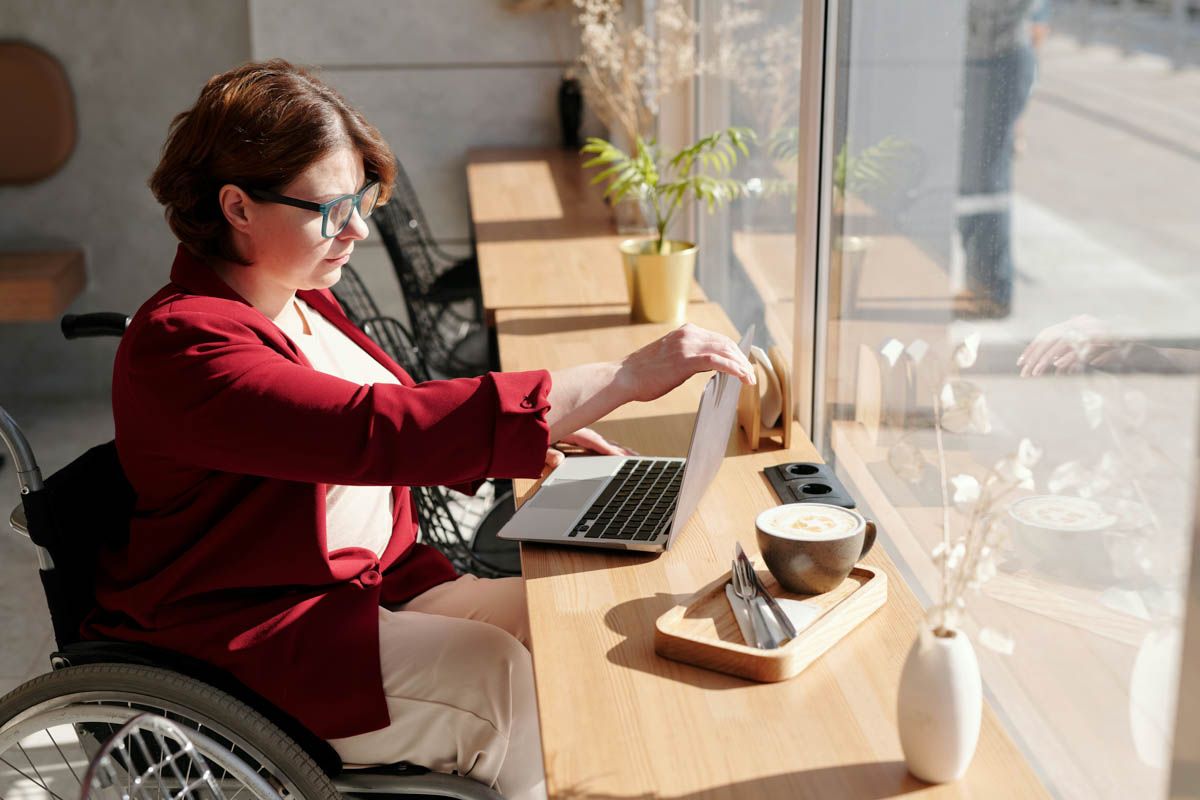Creating Inclusive Events with Accessible Restrooms

Inclusivity is not just valued but expected. Event planners and venue managers must ensure that facilities cater to every attendee’s needs, and accessible restrooms are critical to this inclusivity. These facilities are essential for individuals with disabilities, parents with strollers, and older adults who may require additional support.
In this article, we’ll discuss why accessible restrooms are a must-have for any event, what makes a restroom truly wheelchair accessible, and how to ensure your event restrooms meet everyone’s needs.
The Importance of Accessible Restrooms
Accessible restrooms are more than just a convenience—they’re essential for creating an inclusive and welcoming event environment. By providing restrooms that everyone can use, you demonstrate a commitment to accessibility and respect for all guests. This enhances the experience for those with specific needs and reflects positively on your organization’s reputation.
Legal Requirements and Compliance
In many regions, legal requirements, such as the Americans with Disabilities Act (ADA) in the United States, mandate the availability of accessible restrooms in public spaces. These laws are designed to ensure that individuals with disabilities have equal access to public accommodations. Failing to comply with these regulations can result in legal action and fines, not to mention a negative impact on your event’s image.
Moral Responsibility and Inclusivity
Beyond legal obligations, there’s a moral imperative to create spaces that do not exclude individuals based on their physical abilities. Events should be places where everyone can participate fully and comfortably. By ensuring that your restrooms are accessible, you take a significant step towards inclusivity and equality for all attendees.
What Makes a Restroom Wheelchair Accessible?
To create a genuinely accessible restroom, certain features and design elements must be considered. Here are the key components that make a restroom wheelchair accessible:
- Adequate Space and Layout: A wheelchair-accessible restroom should have enough space for a person using a wheelchair to maneuver. This includes clear floor space for a 180-degree turn and an accessible route to and from the restroom.
- Accessible Toilet Stalls: The stall should be wide enough to accommodate a wheelchair and provide grab bars for support. The toilet seat height should facilitate easy transfers.
- Sink and Counter Accessibility: The sink and counter should be usable from a seated position, with sufficient knee clearance. Faucets should be operable with one hand, without tight grasping, pinching, or twisting of the wrist.
- Doorways and Entry Points: Doorways should be wide enough for a wheelchair and easy to open, possibly including automatic doors or handles operable with a closed fist.
Ensuring Your Event Restrooms are Accessible
Planning for accessible restrooms should be an integral part of your event preparation. Here are some steps to take to ensure that your facilities meet the needs of all guests.
Conduct a Venue Accessibility Audit
Before the event, an accessibility audit of the venue must be conducted to identify any potential barriers. The restrooms must also be checked to ensure they meet accessibility standards, and look for any areas needing adjustments.
Provide Clear Signage
Clear signage is crucial in helping guests find accessible restrooms quickly and easily. Signage should include universally recognized symbols and be placed at appropriate heights for visibility.
Rent Accessible Portable Restrooms
If the venue’s restrooms are inaccessible or you’re hosting an outdoor event, consider renting portable accessible restrooms. These units are designed with accessibility in mind and can be placed strategically throughout the event space.
Train Staff and Volunteers
Ensure that all staff and volunteers know the location of accessible restrooms and can assist guests in finding and using them. They should also be trained to handle restroom-related issues with sensitivity and care.
Regular Maintenance Checks
During the event, perform regular maintenance checks to ensure the accessible restrooms are clean, well-stocked, and functioning correctly. Address any issues promptly to avoid inconveniences for your guests.
Best Practices for Accessible Bathroom Design
When designing or selecting accessible restrooms, there are best practices to follow that go beyond the minimum requirements.
Consider All Types of Disabilities
Design restrooms with various disabilities in mind, including those that may not require a wheelchair. For example, features should be included for individuals who are visually or hearing impaired.
Provide Amenities for Additional Needs
Consider providing amenities such as adult changing tables, which can be a necessity for some guests. Also, ensure that emergency call buttons are within reach and that alarms are audible and visual.
Use Durable and Easy-to-Clean Materials
Accessible restrooms experience heavy use, so it’s important to use durable materials that can withstand frequent cleaning. This maintains hygiene and ensures that the restroom remains in good condition for all users.
Seek Feedback from People with Disabilities
The best way to know if your restrooms are accessible is to get feedback from individuals with disabilities. Their insights can help you make necessary improvements and demonstrate your commitment to inclusivity.
Conclusion
Accessible restrooms are a critical component of any inclusive event. By understanding the essential features of wheelchair-accessible bathrooms and taking steps to ensure your facilities meet these standards, you create a welcoming environment for all attendees. Consider the legal requirements but strive to exceed them to embrace inclusivity truly. With careful planning and attention to detail, you can ensure that every guest at your event feels accommodated and respected.
Takeaways
- Accessible restrooms are essential for creating an inclusive event experience.
- Legal requirements like the ADA provide guidelines but aim to exceed these standards for true inclusivity.
- Critical features of accessible restrooms include adequate space, accessible toilet stalls, sink and counter accessibility, and proper doorways.
- Conduct accessibility audits, provide clear signage, rent portable, accessible restrooms if necessary, train staff, and perform regular maintenance checks.
- Design with all types of disabilities in mind and seek feedback to improve your facilities.
By ensuring accessible restrooms at your events, you’re not just complying with the law but opening your doors to everyone and setting a standard for inclusivity.